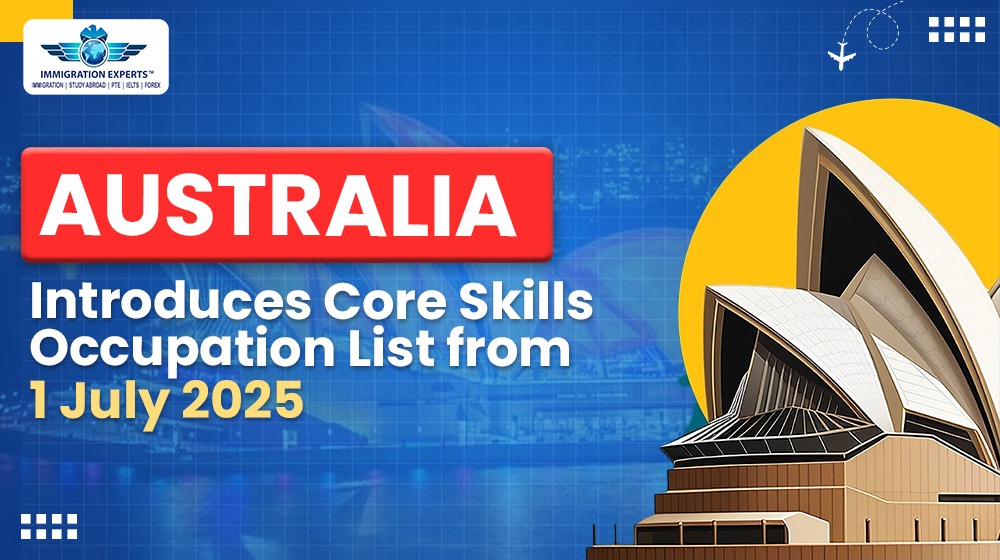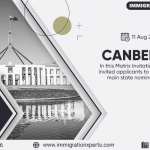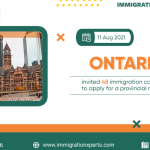
Australia Introduces Core Skills Occupation List from 1 July 2025: What Migrants and Employers Need to Know!
Starting 1st July 2025, the Australian Government has rolled out a major transformation in its skilled migration policy with the launch of the Core Skills Occupation List (CSOL). This newly introduced list replaces several outdated occupation lists and signals a pivotal shift in Australia’s approach to skilled migration. The goal is to create a more responsive system that aligns closely with current labour market needs.
What is the Core Skills Occupation List (CSOL)?
The CSOL is a modernized and unified list of occupations reflecting the real skill demands in Australia. It replaces the previous segmented lists, including:
- The Medium and Long-term Strategic Skills List (MLTSSL)
- The Short-term Skilled Occupation List (STSOL)
- The Regional Occupation List (ROL)
By integrating these into a single framework, the CSOL brings greater clarity, adaptability, and transparency to the skilled migration process.
Main Goals of the CSOL
- Simplify and modernize the skilled migration system
- Focus on occupations experiencing real-time shortages
- Help employers and migrants make informed decisions
- Strengthen Australia’s economy through skills-focused immigration
This streamlined approach ensures that skilled migration is more aligned with the evolving workforce needs of the country, while reducing redundancy in the application process.
Visas Influenced by the New CSOL
Several major skilled visa subclasses will now use the CSOL as the foundation for eligibility:
Subclass 189 – Skilled Independent Visa
- For skilled professionals applying independently (no sponsorship required)
- Occupation must be listed on the CSOL
Subclass 190 – Skilled Nominated Visa
- Requires nomination from a state or territory government
- The occupation must match both CSOL and state-specific criteria
Subclass 491 – Skilled Work Regional (Provisional) Visa
- Designed for skilled individuals wishing to settle in regional Australia
- Requires either state/territory nomination or family sponsorship
- Occupation should be included on the CSOL
Subclass 494 – Skilled Employer Sponsored Regional Visa
- For skilled workers sponsored by regional employers
- Eligible occupations must appear on the CSOL and meet local demand
Why This Update Was Necessary
The introduction of the CSOL is a response to growing concerns that the previous lists were fragmented, outdated, and less efficient. By consolidating and updating the lists, the government seeks to:
- Better match migration with actual labour market demands
- Allocate visas based on national and regional priorities
- Improve transparency and reduce complexity
- Accelerate the processing and decision-making timeline
What Applicants Should Know
If you're planning to migrate to Australia on a skilled visa in 2025 or beyond, here’s what you should do:
- Check the new CSOL to confirm your occupation is included
- Review your points total, especially if your occupation status has changed
- Stay updated with the latest state nomination criteria, which will now align with the CSOL
- Consult with professionals to boost your chances of meeting the new criteria
Final Thoughts:
The launch of the Core Skills Occupation List marks a significant advancement in Australia’s immigration landscape. It’s a move toward a smarter, more demand-driven system that benefits both skilled migrants and employers seeking critical talent.
At Apical Immigration Experts, we stay up to date with these reforms to provide you with personalized guidance every step of the way. Contact us today for a FREE eligibility check and take the next confident step in your migration journey.





